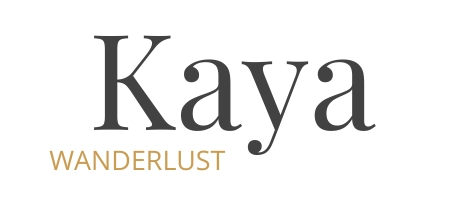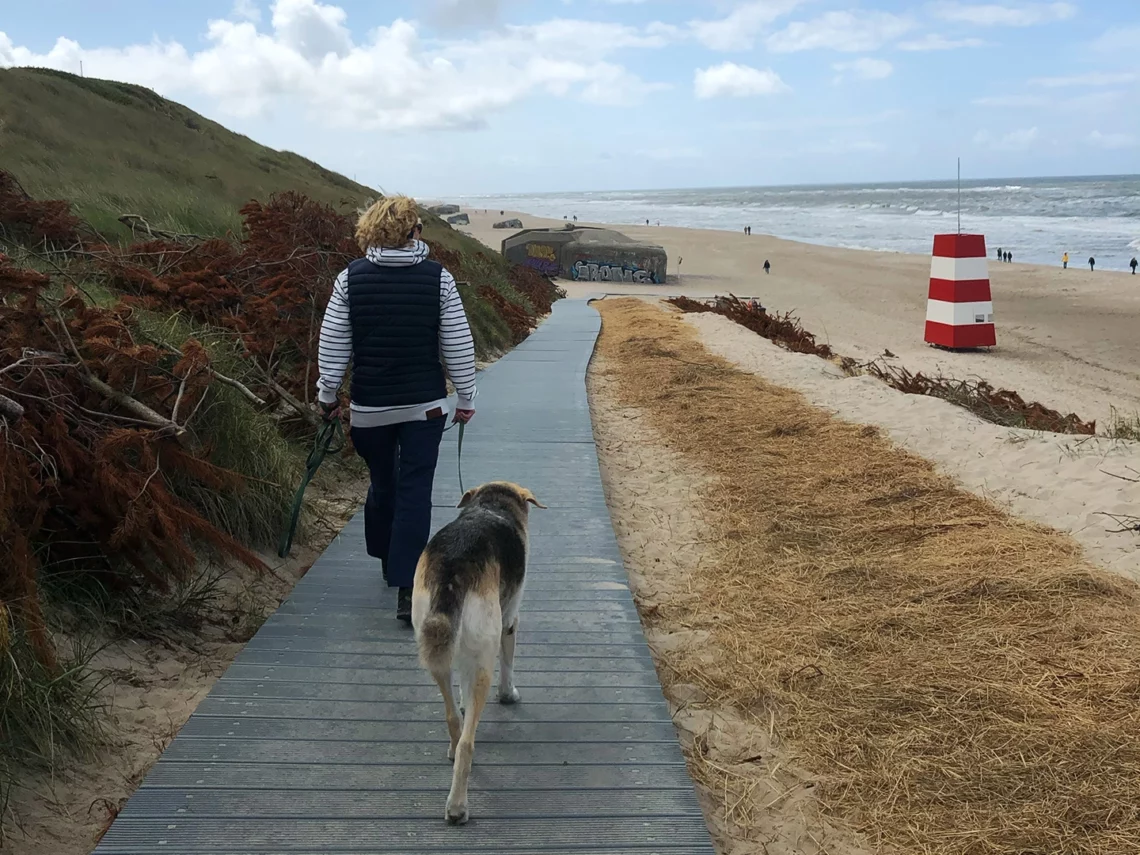
One week in Denmark with a dog
Just before the main summer season started we spent one week in Denmark with a dog, more precisely my parents’ dog. Travelling with a dog is a different kind of adventure and comes with different challenges than solo travel (which is what I usually do). We chose a destination close to us, so we wouldn’t have to drive more than five hours by car. That’s how we ended up on the west coast of central Denmark, exploring the Ringkøbing Fjord*.
This post contains affiliate links to things like tours and hotels. These help me earn a small commission at no additional charge to you. Every affiliate link is marked with a *.
Søndervig
Our base for one week in Denmark with a dog
Søndervig* has been a tourist destination since the 1900s and has undergone many changes since then, most recently when the roads in the city centre were torn up and replaced by new ones in 2022, giving more space to pedestrians and cyclists.
Since its popularity with tourists, there are several hotels, camping opportunities and rental agencies for holiday homes in the town. When you are planning a week in Denmark with a dog your options to book a place to stay are limited. We rented our accommodation from Esmark, which has a “dogs allowed” policy that doesn’t discriminate against larger dogs (and ours is a 72cm shoulder height and 45kg German shepherd mix). In most of their houses, they don’t charge extra for bringing your dog either.
In 1941, during WWII, the German Wehrmacht started building bunkers along the west coast of Denmark as part of the Atlantic wall defence against the Allied Forces. Many of those bunkers can still be seen today in various stages of decay. Most of them had been built in the dunes, to hide them from enemy planes. Today they are found on the beach or in the water, a testament to how much land the sea has eroded in just 80 years.
The closest cafe to our accommodation in Søndervig was Café Badevej, which coincidentally also had the best soft serve we tried in all of Søndervig!
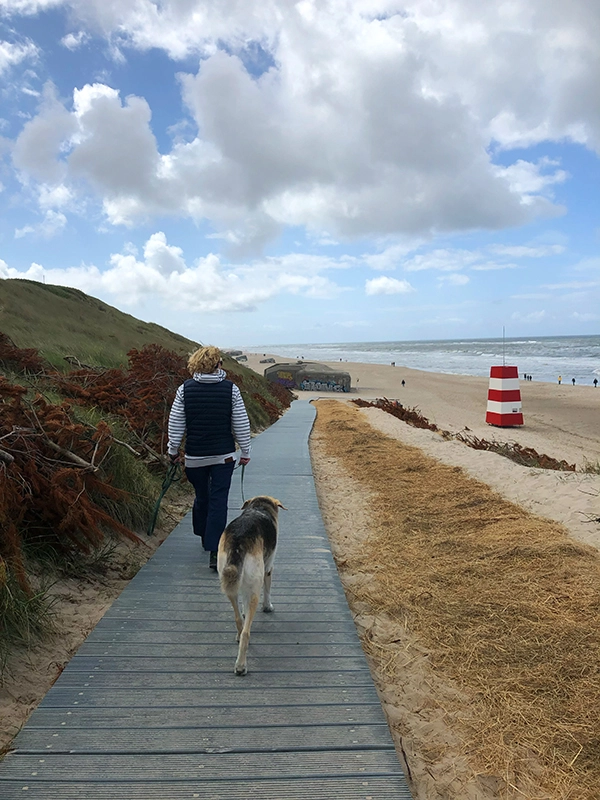
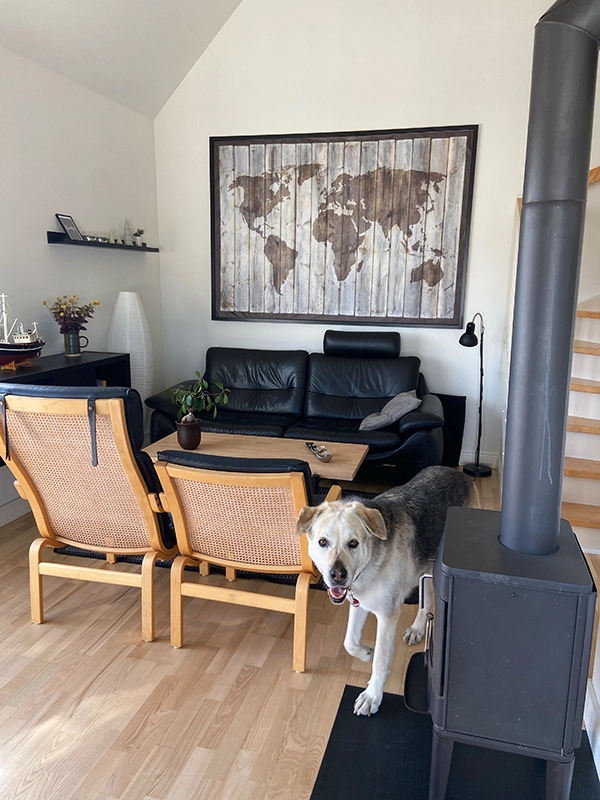


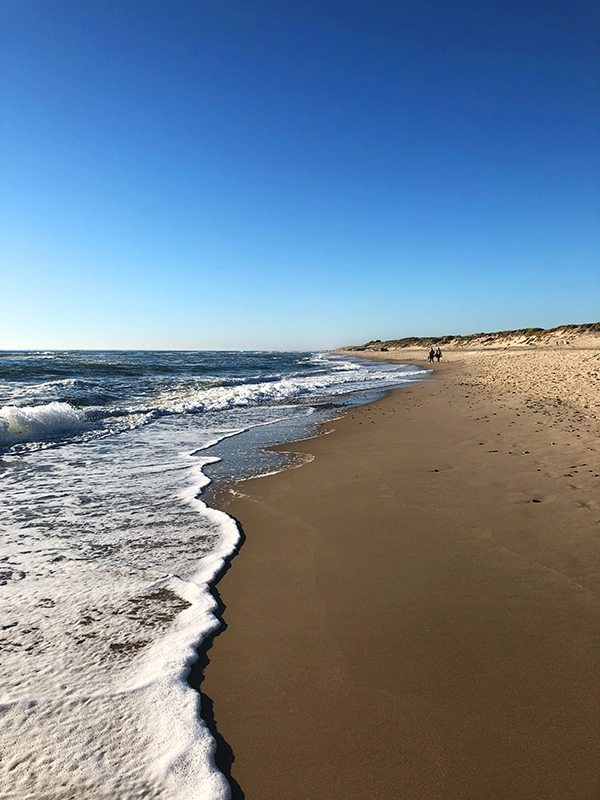
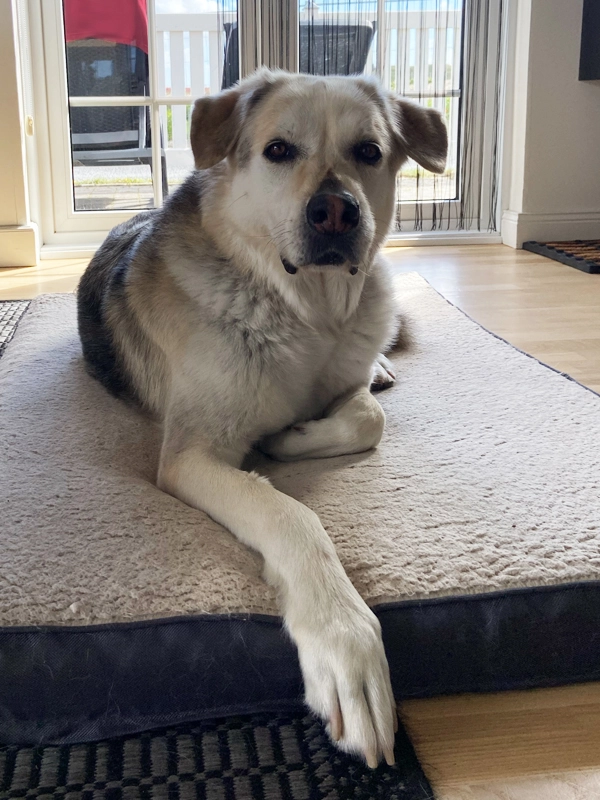
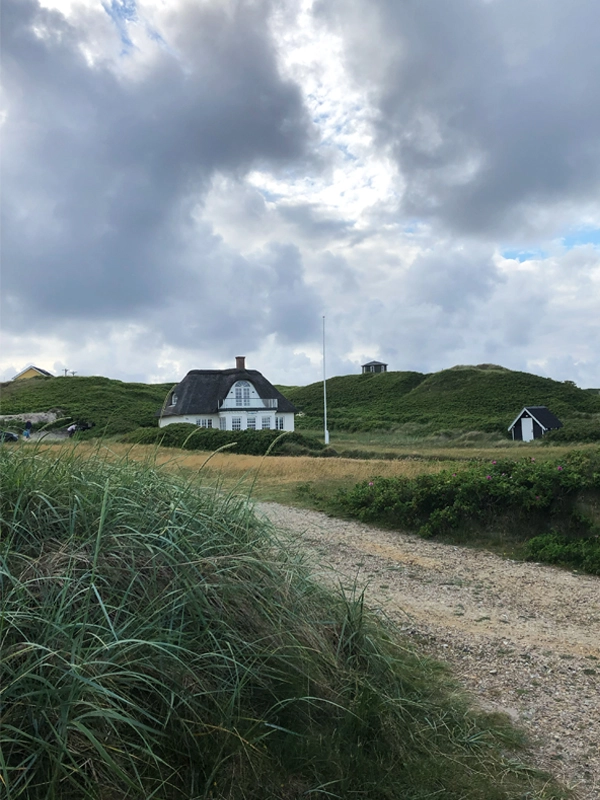
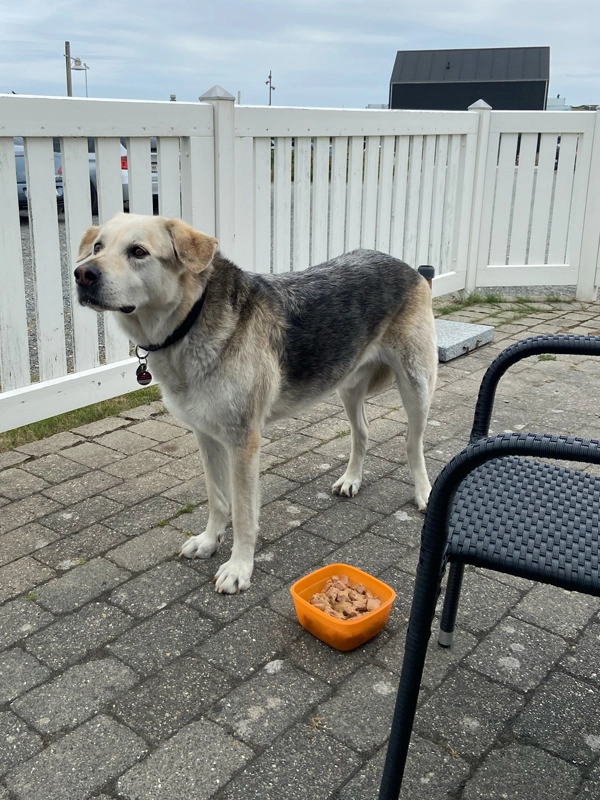
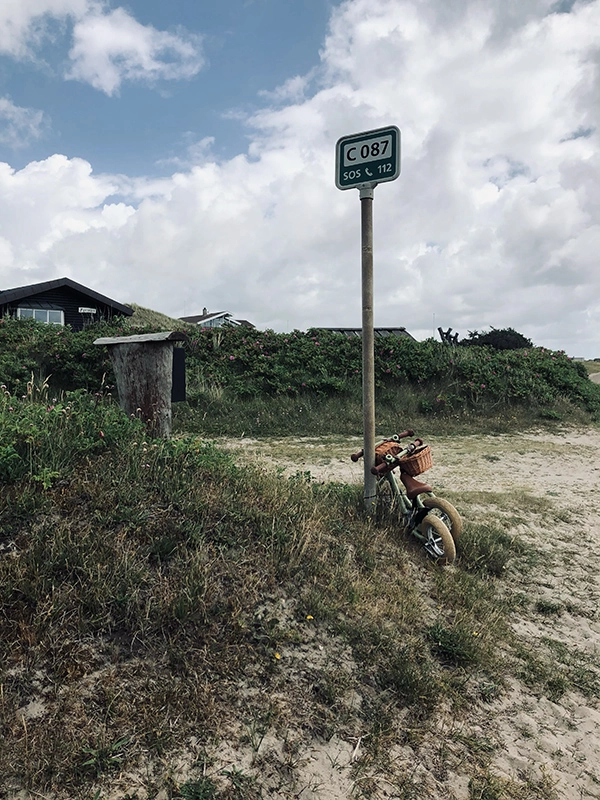
Ringkøbing
The only thing I remember Ringkøbing from the last time I was there is: there wasn’t a lot to do or see. Now, 10 years later it has had a “glow up” as one of the oldest towns in the country, a lot of the houses are reminiscent of the time it was a highly frequented seafaring trading town in the middle ages, where goods from all over the world arrived in its harbour and were distributed through the Rinkøbing Fjord.
A lot of the newer red brick houses in the city were designed by Ulrick Plesner, a Danish architect who was born close by. Today a house carrying the essence of his architectural style is named after him. It would be a good place for a museum, but it only has offices.
For coffee, we went to Baking Sins by Lea and had a Latte Macchiato, a Cappuccino and two cheesecakes. I found her on Instagram via the location tag, which is a great way to find local and small businesses on your travels!
After exploring the pedestrian zone of the town and window-shopping in the many stores there we stopped at Kjærstrup for hot chocolate and a waffle with the famous Danish vanilla soft serve and strawberry sauce.
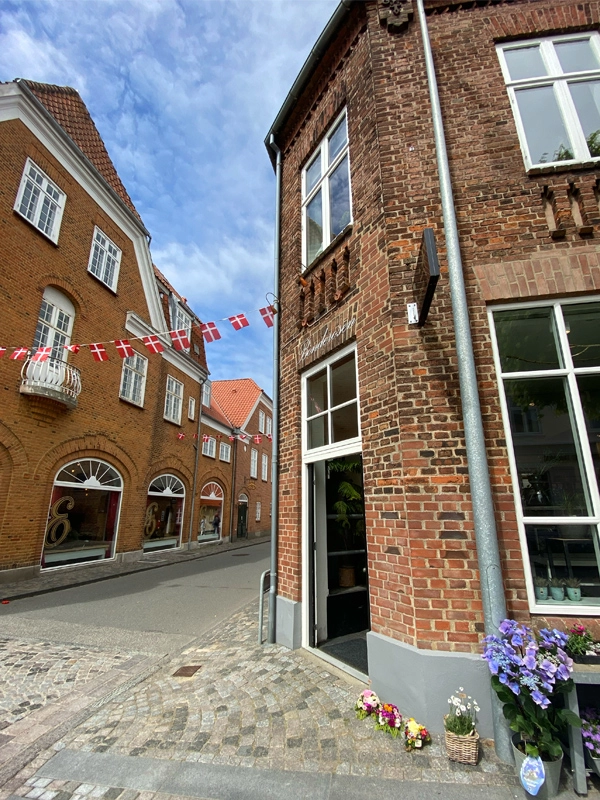
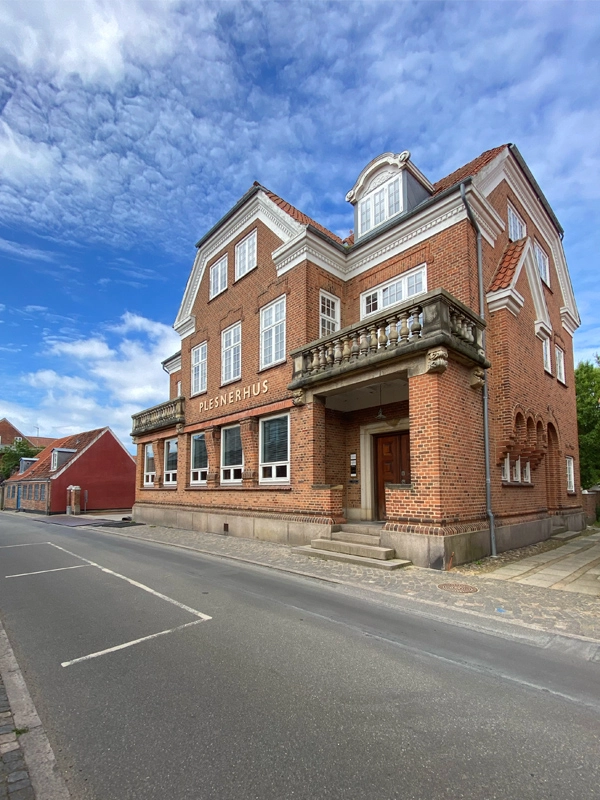
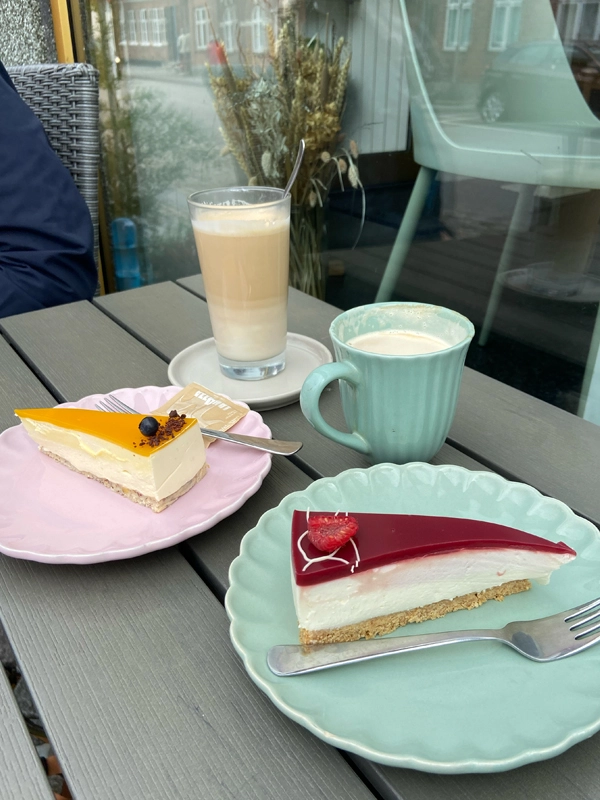
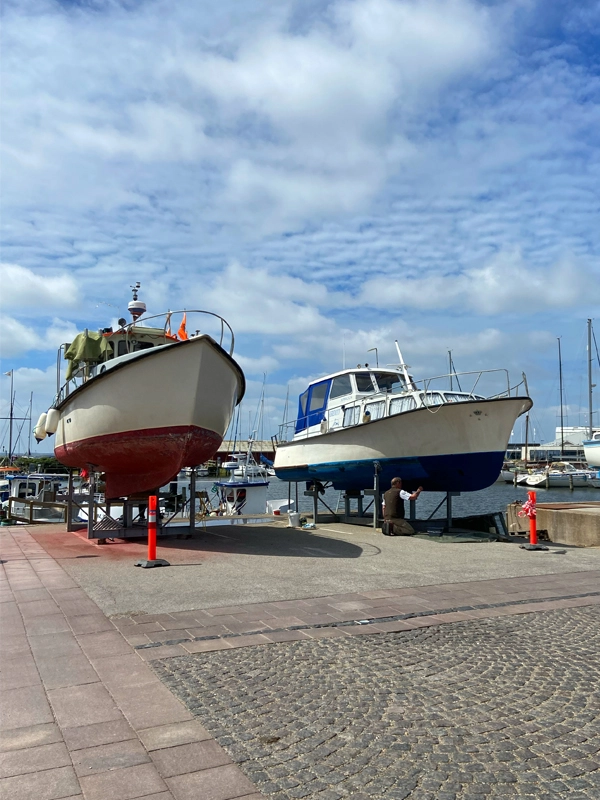

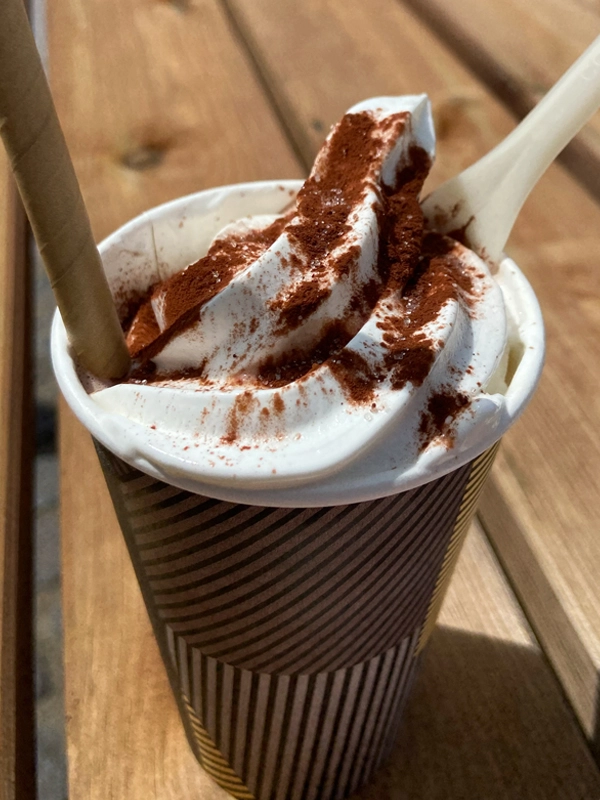
Abelines Gaard – a dog-friendly museum
We spent one afternoon at Abelines Gaard, one of the Ringkøbing museums of living history. This old farmstead is a window into the late 1800s where the residents (most notably a woman named Abeline) lived, farmed, housed guests from the bigger cities and helped the coast guard rescue stranded ships and their crew.
A lot of the furniture in the house is original, some exhibits were gifts from local families.
This museum is child and dog friendly and very extensive, with explanations of the farms’ layout and the many exhibits in various different languages.
In the dunes near the farm, you can find the lifeboat station Haurvig. Every so often they show what a rescue mission for a ship in distress was like in the 1900s. You can find the timetable on the museum’s website.


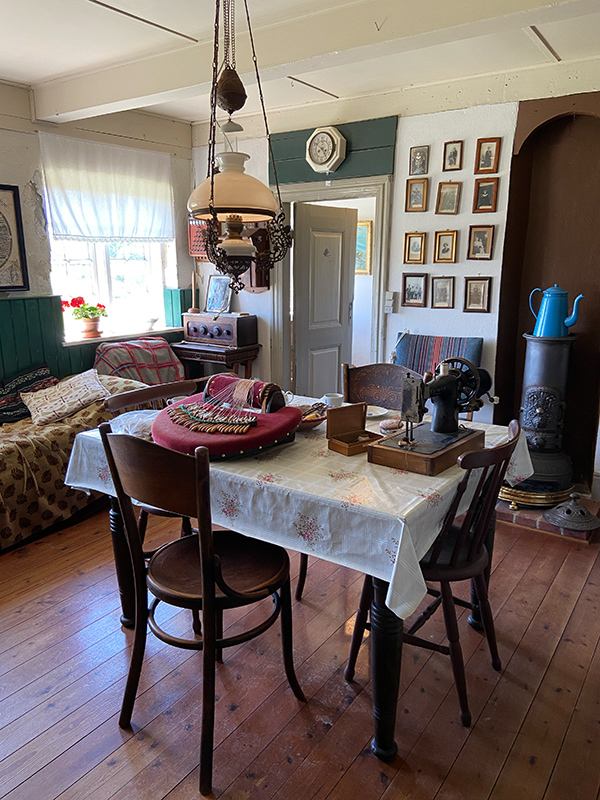
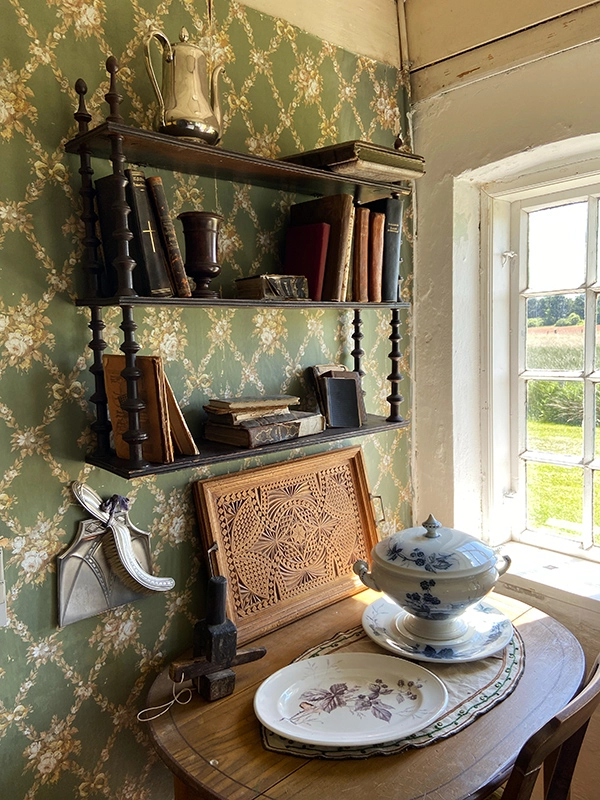
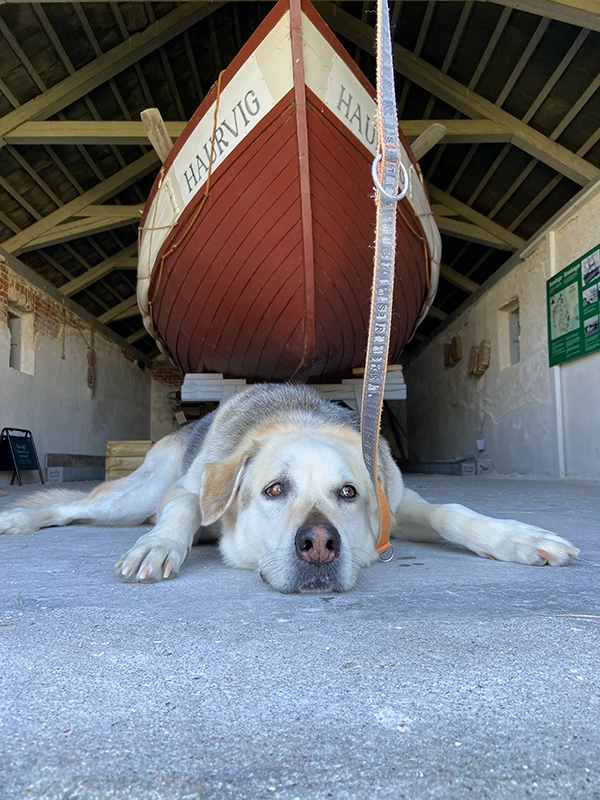
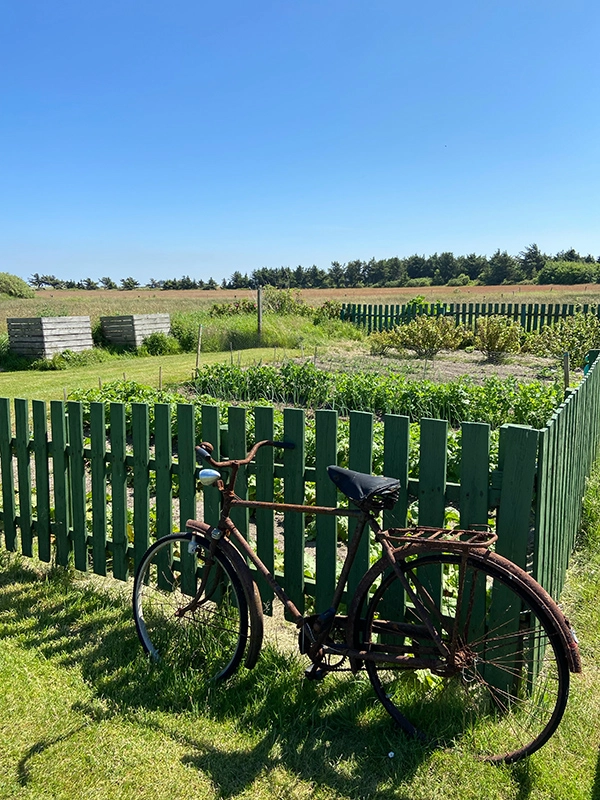
When we planned our one week in Denmark with a dog I didn’t think we could take him inside of museums with us, although I was certain that most places are prepared for dogs, since it’s a popular holiday destination.
Hvide Sande
If you are looking for a good coffee in Hvide Sande*, look no further than omhu: While their coffee is amazing, their main focus is not the coffee, but rather cleaning up the surrounding beaches and recycling all the trash they find into new and useful things. I have a reel on my Instagram with more information about them and their mission to clean the beaches.
On the Troldbjerg (a high dune in the middle of the city) you can explore a former German observation bunker. During WWII two bunkers were built on the dune, one for observations and one for the crew. Today the observation bunker is open for visitors and has several explanation plaques inside. When I was there the light inside was not functional so I used my phone’s flashlight and it made everything feel very small and cramped.
After exploring Hvide Sande we stopped at Kjærstrup again on the way back home.
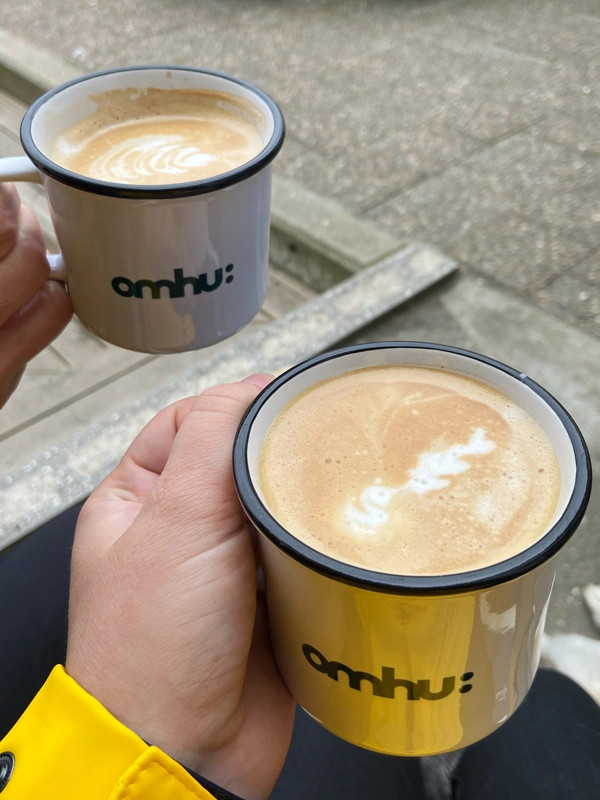
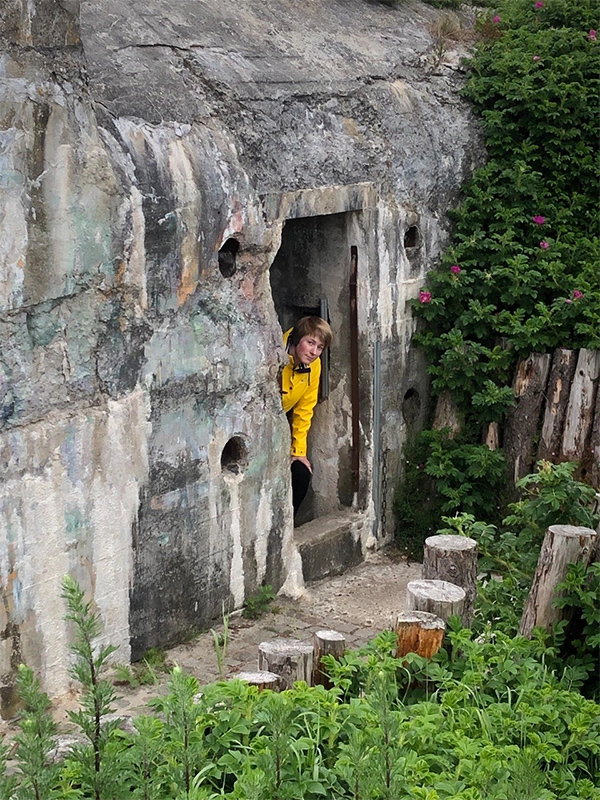

Stauning Whisky
From the first bottles, opened in 2011, Stauning Whisky has become a known name among whisky lovers. Sadly this was the only place on our trip where we couldn’t take the dog inside with us. Thankfully my parent’s dog is the calmest dog you’ll ever meet and the only thing he will do when left alone is napping while he waits for my mom to come back.
A tour at Stauning Whisky, with a whisky tasting, takes about two hours. During the tour they cover the history of the brand and the distillery, which was founded by nine friends in 2005, followed by the production methods and the specifics of what makes their whisky special. After the introduction, you are taken on a tour of the production facilities. Our guide Niklas was very knowledgeable and humorous and gave life to the story of this place. If you like Whisky or are just interested in the production of it I can recommend this tour.
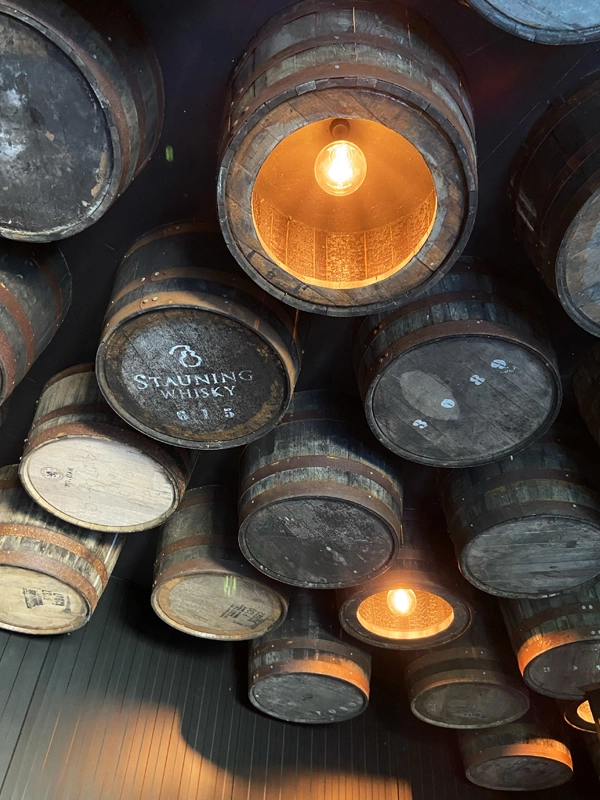



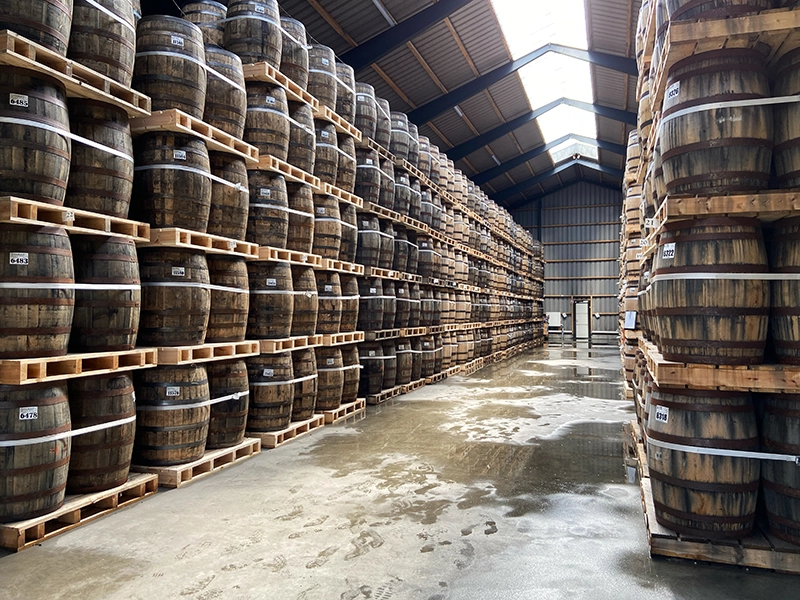
Map of one week in Denmark with a dog
I marked the three cities I used as headings in this article in red and put the markers in or close to the cities underneath them. The three markers which couldn’t be attributed to one city are up top.
You can save the map to your google maps by clicking here.


